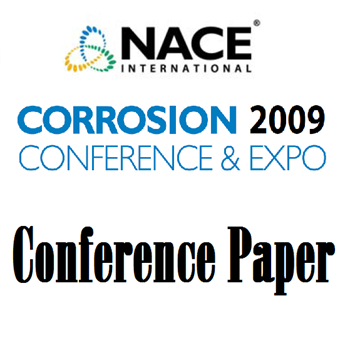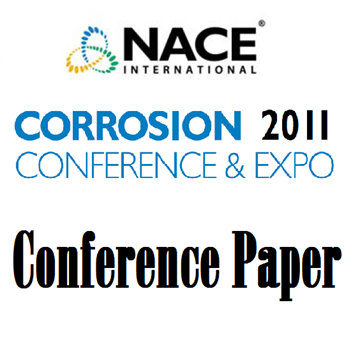Search
98180 EFFECT OF SULFUR AND CHLORINE ON FURNACE WALL CORROSION
Also Purchased
09358 Corrosion Mitigation and Monitoring in Sulfur Recovery Unit
Product Number:
51300-09358-SG
ISBN:
09358 2009 CP
Publication Date:
2009
$20.00
11120 Sulfur Corrosion Due To Oxygen Ingress
Product Number:
51300-11120-SG
ISBN:
2011 11120 CP
Publication Date:
2011
$20.00
11398 Investigation of Elemental Sulfur Corrosion Mechanisms
Product Number:
51300-11398-SG
ISBN:
2011 11398 CP
Publication Date:
2011
$20.00
Recently viewed




